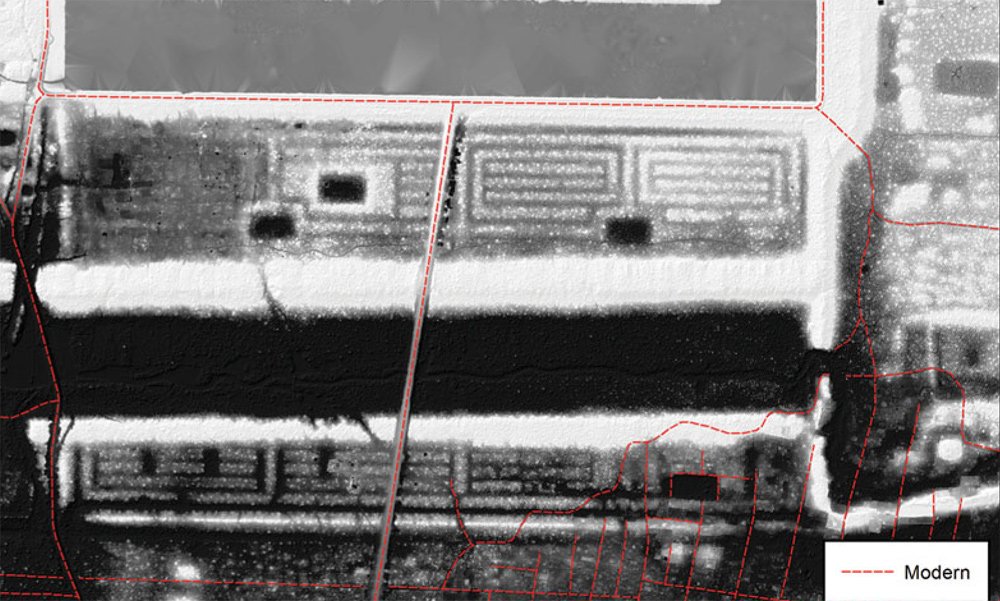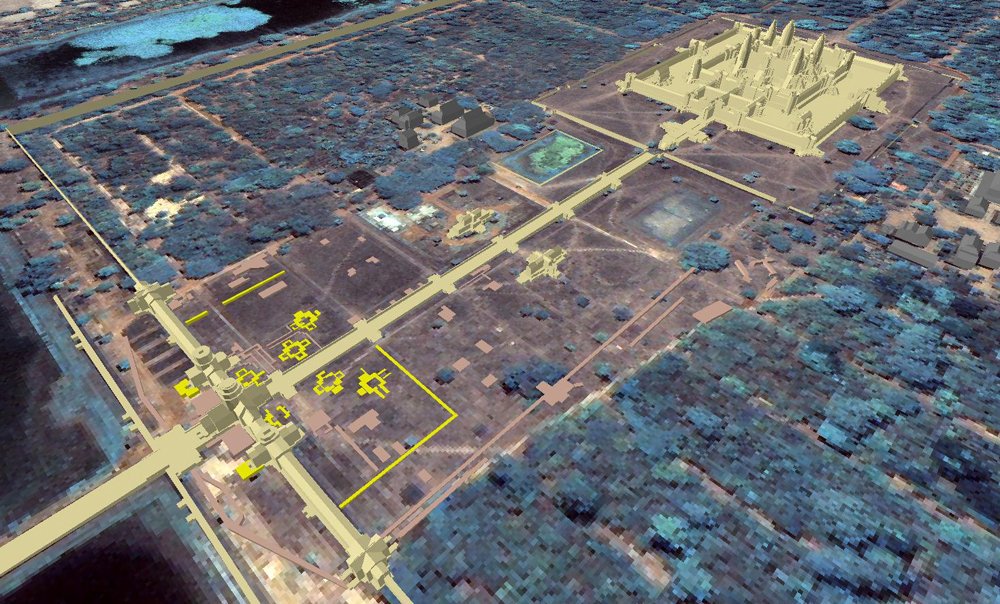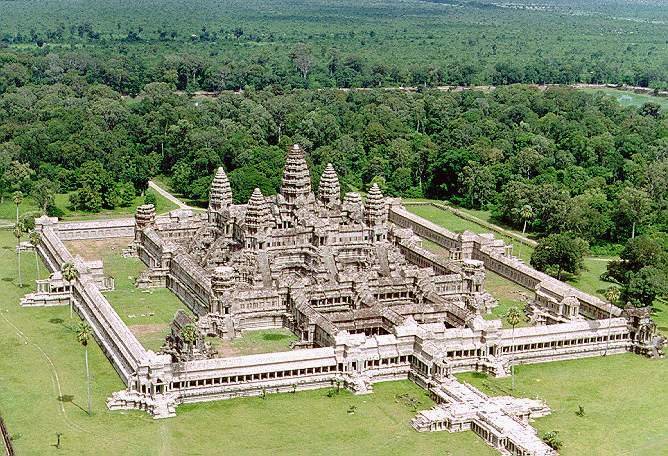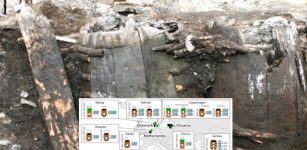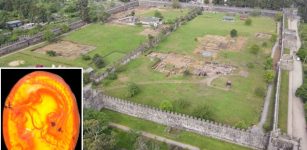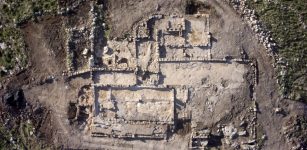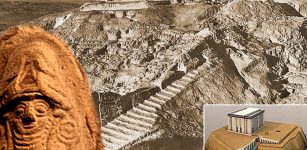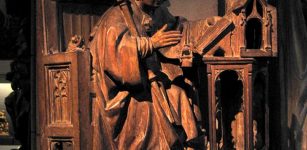Mysterious Ancient Spiral Structure And Buried Towers Discovered At Angkor Wat
AncientPages.com - While studying the ancient Angkor Wat temple in Cambodia, archaeologists have discovered that the site was much larger and more complex than previously thought.
Scientists found a previously unknown, ancient and massive spiral structure as well as several buried "towers". The function of the spiral structure and the "towers" remains a mystery.
View over Angkor Wat from the west, looking towards the Kulen hills; the extent of one quarter of Greater Angkor is indicated by the distance between Angkor Wat and the north-eastern outer edge of the urban complex near the grey line of the base of the hills. Credit: Mike Coe.
The study was conducted by University of Sydney's Professor Roland Fletcher and Dr Damian Evans lead the Greater Angkor Project in Cambodia, a major international research collaboration which is using airborne laser scanning (LiDAR) technology, ground-penetrating radar and targeted excavation to map the great pre-industrial temple.
A huge mysterious spiral structure
The team has discovered that the Angkor Wat complex was far larger than expected, had more components than previously envisaged, and was bounded on its south side by a unique and massive structure.
"This structure, which has dimensions of more than 1500m×600m, is the most striking discovery associated with Angkor Wat to date. Its function remains unknown and, as yet, it has no known equivalent in the Angkorian world," said Professor Fletcher, from the University's Department of Archaeology.
At Angkor Wat, a massive sand structure encompassing several rectangular spirals was discovered using a laser-scanning technique called LiDAR.
Credit: Image courtesy Khmer Archaeology Lidar Consortium (KALC)
"Quite how the spirals functioned is not at all clear," Evans and Fletcher wrote. One possibility is that it is a garden that provided the temple with produce for rituals and eating, the spiral patterns possibly having a spiritual significance
It appears the spiral was not used for long. "The spiral features would only have been functional for a brief period during the mid-to-late twelfth century A.D.," Evans and Fletcher wrote. They say that it's possible the spiral structure was never completed.
An ensemble of buried “towers”
The team also discovered Angkor Wat includes an entire ensemble of buried 'towers', eight in total. The towers were built and demolished during the construction and initial use of the main temple, remains of what is thought might be a shrine used during the construction period.
The remains of eight towers (marked in yellow) were discovered near the western gateway of Angkor Wat.
Credit: Image by Till Sonnemann and image base courtesy of ETH Zurich.
The dating is not entirely clear but it appears that many of the towers were created during the early-to-mid 12th century when Angkor Wat was being constructed. The purpose of the towers is unclear, but scientists suggest the towers could have supported a shrine that was in use while construction of Angkor Wat was underway.
Roads and homes hint at workers' role
The areas surrounding Angkor Wat have long been assumed to be sacred precincts or 'temple-cities'. However, the research has revealed evidence of low-density residential occupation in the region, including a grid of roads, ponds and mounds, possibly used by people servicing the temple.
"This challenges our traditional understanding of the social hierarchy of the Angkor Wat community and shows that the temple precinct, bounded by moat and wall, may not have been exclusively the preserve of the wealthy or the priestly elite," said Dr Fletcher.
Fortifications offer clues about Angkor's demise
The team has also discovered that Angkor Wat was fortified with wooden structures sometime late in its history. Dr Fletcher said the results reveal how Angkor Wat may have made its last attempt at defence.
"Angkor Wat is the first and only known example of an Angkorian temple being systematically modified for use in a defensive capacity," he said.
Aerial view of Angkor Wat
"The available evidence suggests it was a late event in the history of Angkor, either between AD 1297 and 1585, along with other defensive works around Angkor, or perhaps sometime between AD 1585 and the 1630s, representing a final attempt to defend Angkor against the growing influence of [neighbouring city] Ayutthaya. Either date makes the defences of Angkor Wat one of the last major constructions at Angkor and is perhaps indicative of its end."
AncientPages.com
Expand for referencesSource:


